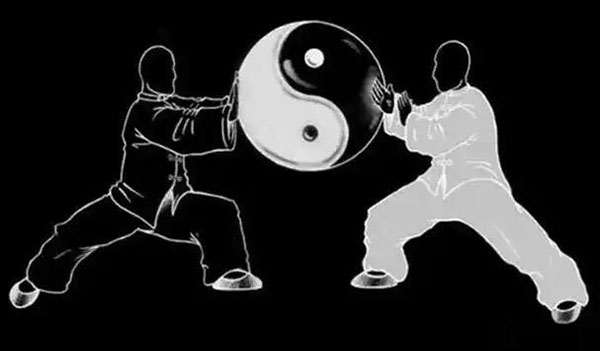
Tai Chi is an excellent fitness exercise. Tai Chi has a long history and profound theories. When practicing Tai Chi for the first time, you may only have a partial understanding of the theory. After practicing for a long time, you will have a good sense of the body. “Ten Skills” carefully savored, the body and mind will be relaxed.
Tai Chi Skill 1: Relaxation.
If you don’t practice relaxation when practicing Tai Chi, it will be in vain. You should relax your mind, mind, spirit, and body. Relax your internal organs, limbs, joints, and body. One movement, one emptiness, one reality, one movement, one relaxation, but not slackness, hardness and softness, use your mind but not force.
Tai Chi Skill 2: Stillness.
From preparation to closing, you should be still in mind, mind, and spirit. Be still outside, eliminate all interference, do not see or hear worldly affairs, do not relax your spirit, and concentrate your thoughts. Internal calm, spirit and energy are inward, mind guides the movement, energy follows the movement, mind, energy and strength are combined.
Tai Chi Skill 3: Emptiness.
Empty mind, empty mind, empty spirit, empty body. The middle is hollow and the whole body is empty. Use the mind to guide the mind, use the mind to guide the energy, and use the energy to move the body. The whole body is full of energy.
Tai Chi Skill 4: Communication.
The mind is connected, the mind is connected, the spirit is connected, and the whole body is connected. All the internal organs, limbs and hundreds of organs are connected. When one moves, everything moves. When moving, the roots are loosened and broken, the middle is unobstructed, the slightest part is released, and the energy flows freely without stagnation.
Tai Chi Skill 5: Joy.
It is laughter. Laughter is a smile from the heart, which contains a smile inside and shows comfort outside. Laughter makes the energy descend and the body is relaxed and the mind is relaxed.
Tai Chi Skill 6: Circle.
Tai Chi is a circle, half yin and half yang, which are mutually inclusive. One movement is a circle, and one stillness is a circle. Whether it is peng, liu, ji, an, cai, liei, zhou, kao, or forward, backward, left or right, all are done in arc or circular shapes.
Tai Chi Skill 7: Soft.
Walk like a cat, and use strength like drawing silk. Soft but not soft, hard but not rigid, peng but not framed, loose but not scattered. Move like iron wrapped in cotton, flex and stretch lightly and gently, calm, comfortable and soft.
Tai Chi Skill 8: Continuous.
The Tai Chi routine is a series of continuous movements from the beginning to the end. The body is upright and comfortable, with the waist as the axis, and the movements are like flowing clouds and water, with a constant speed and continuous.
Tai Chi Skill 9: Slow.
Qi sinks into the Dantian, alternating between movement and stillness, with highly concentrated thoughts, each move is slow and uniform, with the mind and spirit in unity, and a slow and smooth flow.
Tai Chi Skill 10: Combination.
The upper and lower parts are combined, the left and right follow each other, and the inside and outside correspond. Externally: Shoulders and hips are combined, elbows and knees are combined, hands and feet are combined. Internally: Heart and mind are combined, mind and qi are combined, qi and strength are combined. Hand, eye, body, method and step should be combined, spirit, form, intention and qigong should be combined. Opening and closing are natural and smooth, and the whole body is coordinated and harmonious.
Actually, after talking about so many benefits, it is better to experience it yourself. Relaxation, tranquility, emptiness, communication, joy, roundness, softness, continuity, slowness and combination are a unified whole, integrated into the alternation of movement and stillness, and intention and action. Shallow perception still needs gradual cultivation. Practice and understanding are integrated, the body and mind are healthy inside, and the expression is happy in it, which is the true realm of my Tai Chi.
